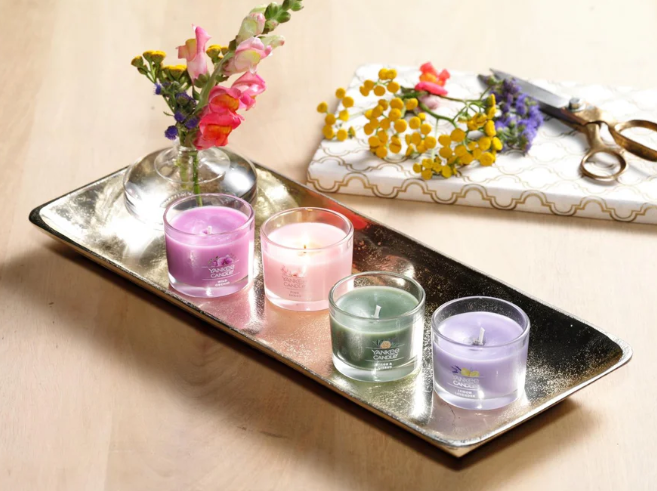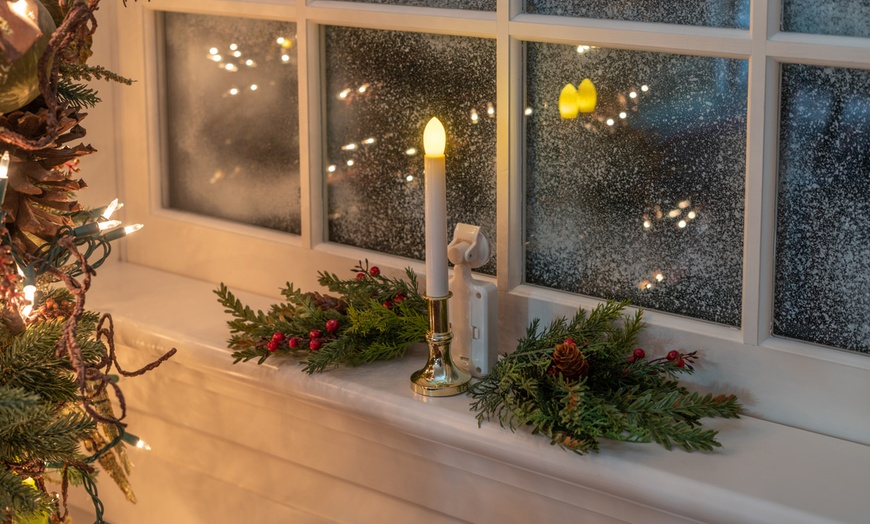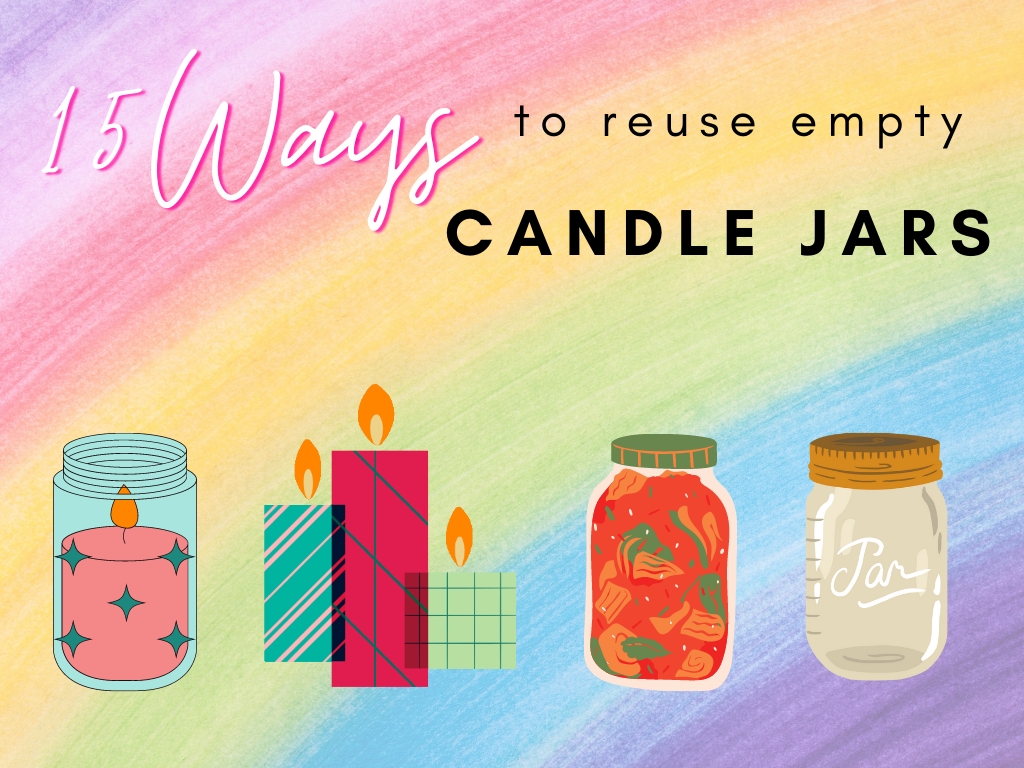How Did People Light Candles Before Electricity?
What Is A Candle And How Do They Work?
Candles are a great way to add ambiance and style to your home. They can be used for decoration or for lighting purposes, in which case they are called candles. Candles provide both light and heat, which makes them ideal for lighting indoor spaces during the winter months when the weather is cold outside.
Candlelight also has a soothing effect on people so it can be used as a mood enhancer during dinner parties or other social gatherings. Candles also make excellent gifts because they’re easy to personalize with scents and colors that match the recipient’s tastes.
The word “candle” comes from “candela”, the Latin word for “rushlight”, which refers to early candles made from rushes. Candles work by using two different substances — wax and wick — to create vaporized liquid fuel (known as paraffin). The fuel burns at a lower temperature than what would normally be possible with pure wax alone, which allows for better control over the flame and increased safety compared with other types of fuel sources such as oil lamps or lanterns.
The wick inside each candle serves two purposes: it burns up completely when used correctly and prevents wax from dripping onto surfaces below (such as furniture). The wick is made out of cotton rope or string that has been dipped into melted wax (or dipped directly into melted paraffin.
The earliest candles were made from animal fat mixed with tallow (animal fat) and beeswax. Today, most candles are made from paraffin mixed with stearic acid or palm oil. Paraffin is white and odorless but does not burn as brightly as beeswax or stearic acid candles do. However, it does not require any additives to keep it from dripping.
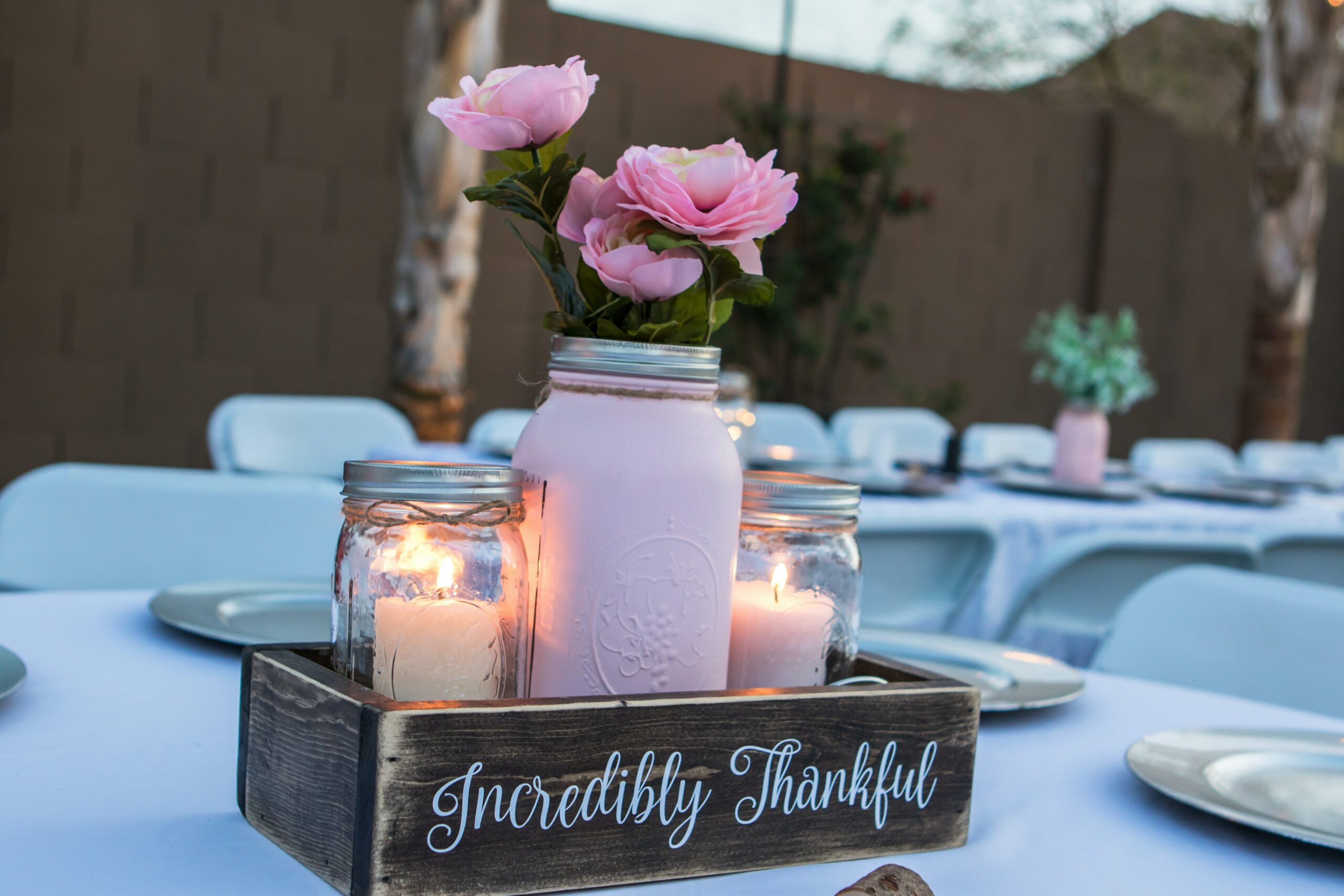
Two Main Categories Of Candles
Soft Wax Candle: Soft wax candles are usually made from paraffin wax. These candles burn for a long time and provide a steady light. They are easy to care for because the wick does not need to be trimmed often. However, soft wax candles can be messy and tend to drip when burning. Furthermore, they cannot be used with all types of decorative containers because they leave behind an oily residue on the glass or metal surface.
Hard Wax Candle: Hard wax candles are made from beeswax or soy wax. These types of candles burn for a shorter period than soft wax candles but produce a brighter flame. However, hard wax candles must be trimmed often to keep them burning evenly and prevent soot build-up on the wick. Also, hard wax candles do not drip when burning but may melt if placed in direct sunlight or near heat sources such as wood stoves or fireplaces.
What Is The History Of Lighting Candles?
Candles were first used in the Stone Age by early humans. They were probably made from tallow and had to be ignited by hand because there was no other way to start them. Later on, people started using wicks made out of flax or cotton because they could be lit by fire without having to use flax oil or grease.
The first candle factories appeared in Germany during the 18th century, but it wasn’t until electricity became widely available that candles no longer needed to be hand-dipped. One of the first electric lamps came out of an attempt to make some sort of candle that didn’t require dipping!
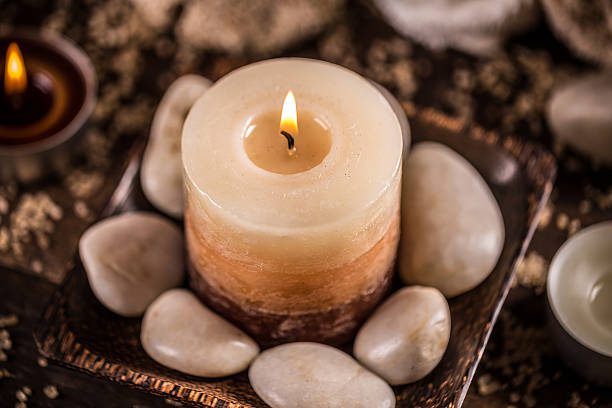
How Did People Keep Their Candles Lit When They Didn’t Have Electricity?
We are all aware of the fact that candles are a good source of light in dark places. But what if you don’t have any electricity? How did people light candles before electricity?
Candles were used for lighting since ancient times. The earliest evidence of candle-making dates back to 5,000 BC. Candles were made by mixing tallow (animal fat) with wax and molding it into a candle shape.
The first candleholders were made out of horns or shells and later on carved into wood or stone. Candles were also made from wax mixed with other materials such as beeswax, palm oil, bayberry wax, etc. Candles were used for religious purposes during rituals and ceremonies such as weddings, births, and funerals. They also provided light during long journeys at night through forests or over oceans when traveling by ship was common practice in those days.
Candles were also used as a source of light at night before the invention of modern-day lamps like kerosene lamps, gas lamps, etc., which made the process easier because they emitted more light than traditional candles did.
How Did People Light Candles Before Electricity?

Cavemen and Fire
Fire has been a source of light and heat for humans since the beginning of time. It was the only way to provide warmth and illumination, making it crucial to our survival. When you think about it in this way, it’s easy to see how important fire would have been in those early days—and why cavemen were so drawn to it.
Fire is both a great source of light and heat but also dangerous when not handled properly. This duality made fire an important part of early human life, but also caused many deaths throughout history as people learned how to use it safely.
The Dark Ages
Before the invention of electricity, candles were primarily used by the wealthy. They were made from beeswax and used in churches and monasteries as a source of light. Candles were also commonly used for reading and writing. The church was the primary source of education and learning, so they needed a reliable source of light that could be found anywhere inside their buildings at all hours of the day or night.
Candles weren’t just reserved for use in religious settings; they had practical applications outside these walls as well—and not only did these early candles make homes more inviting during dark winter nights, but they also helped keep people warm!
The Middle Ages
Throughout history, candles have been used to light homes and churches. Candles were a status symbol, with the wealthiest having the most available candles. Candles could be made of wax or tallow (a waxy substance that is rendered from beef or mutton fat). In the Middle Ages, there was a shortage in tallows because cattle weren’t being raised as much as they had been before; so whale blubber was often used instead.
Candles were expensive to make and thus only affordable for those who could afford them. They were not used daily but reserved for special occasions such as weddings or religious holidays like Christmas or Easter when everyone would gather together in their home to celebrate by lighting their numerous candles together with their families.
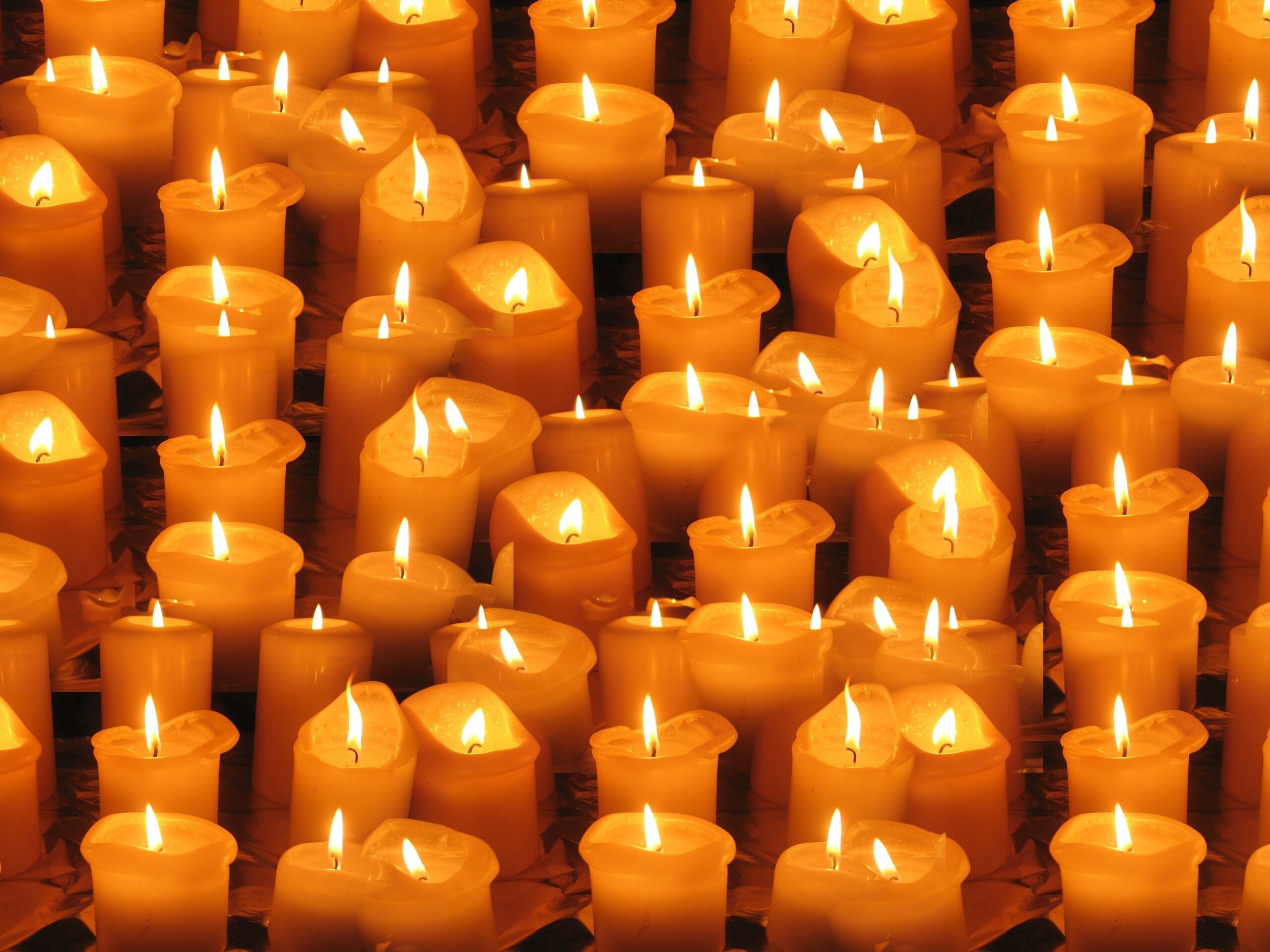
Renaissance
Candles have been used in many different ways throughout history, from use of candles as status symbols to their use in religious ceremonies. Candles were an expensive commodity, only affordable by the wealthy. However, if you wanted a bright light and didn’t want to spend too much money on candles, you would need an alternative source of light that could be found around your house and wouldn’t cost much money. These solutions included using mirrors or oil lamps with wicks made out of rope or cloth instead of beeswax because they were cheaper and easier to make than actual candles.
Enlightenment
The first commercial electric lighting system in the United States was installed at the Pearl Street Station in New York City. The station functioned as a power plant, which was owned by Thomas Edison and his company Edison General Electric. In 1881, Edison invented a safe way to generate electricity and make it available to the public. This way is known today as alternating current (AC).
The first lighting system used direct current (DC), which meant that there were no transformers or breakers. It is also important to note that this particular method of generating power was more expensive than AC because it required its own converter for each user’s home or business because DC cannot travel long distances without losing voltage along the way.
Pros and Cons of Comparison of Candles and Electric Lights
| CANDLE VS ELECTRIC LIGHTS | |
| PROS | CONS |
| Candles are considered to be cheaper | Electricity is Safer to Use |
| You can store candles however you like | Electric power is almost always available |
| Against increasing power bill | The smell of candles may be annoying |
| The use of Candles may slow down global warming | Candles can only be used for lighting purposes |
| Produce a romantic atmosphere | You may forget candles when you sleep |
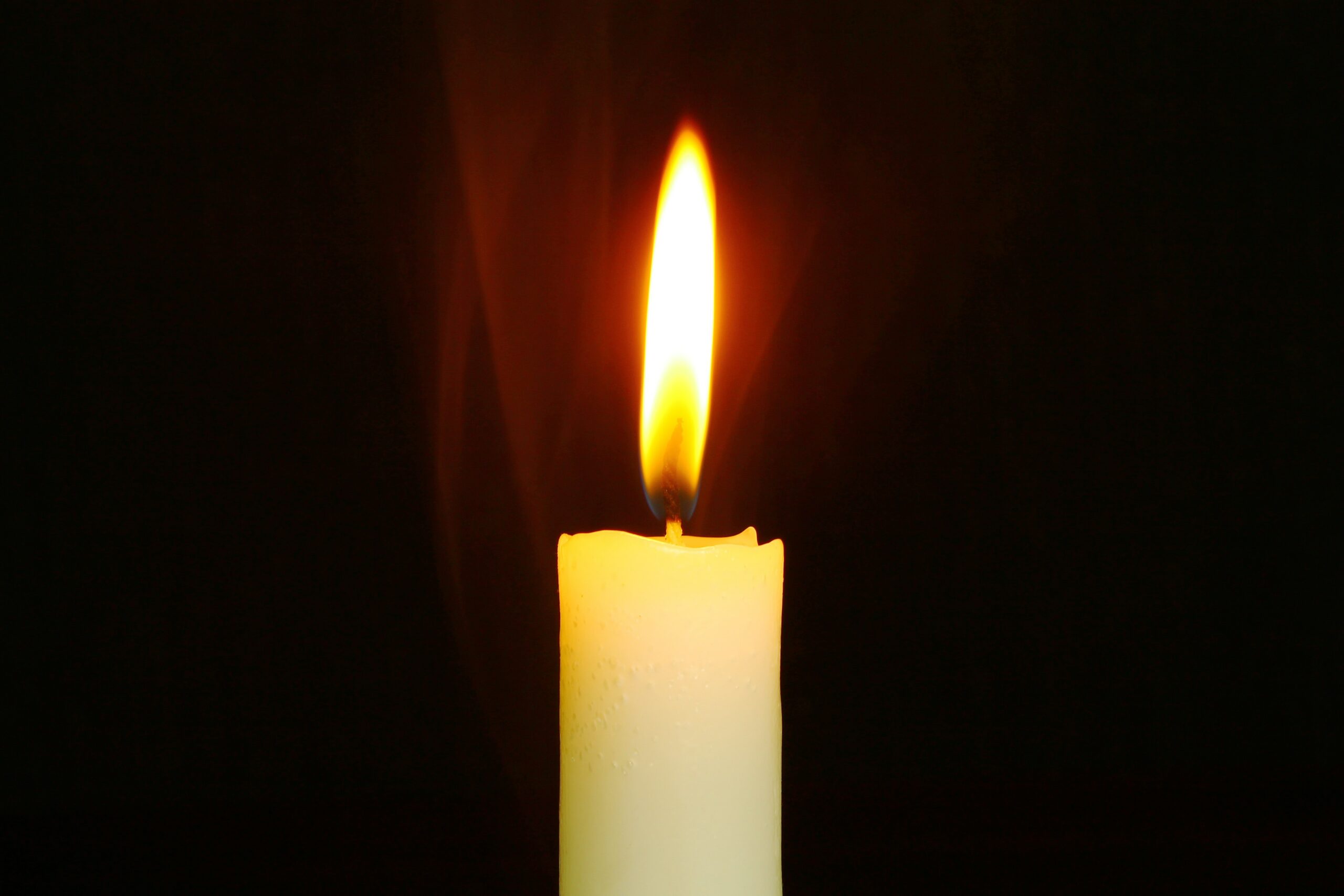
Takeaway:
Humans have been lighting candles for a very long time.
If you’re reading this, you probably know that candles have been used for centuries. But what did people do before electricity? That’s a tough question, but humans have been lighting candles for a very long time.
Human beings are the only species on Earth that can create fire, and they’ve been using it as both a weapon and tool since they first emerged from caves into the light of day. The fire was essential to early human survival—for warmth, cooking food, and signaling potential mates—and today it remains an important symbol of life and warmth in many cultures around the world.
Today, we use electricity for most of our lighting needs—but don’t forget those emergency candles stashed away at home!
Medieval living: How Did Medieval Peasants Light Their Homes?

